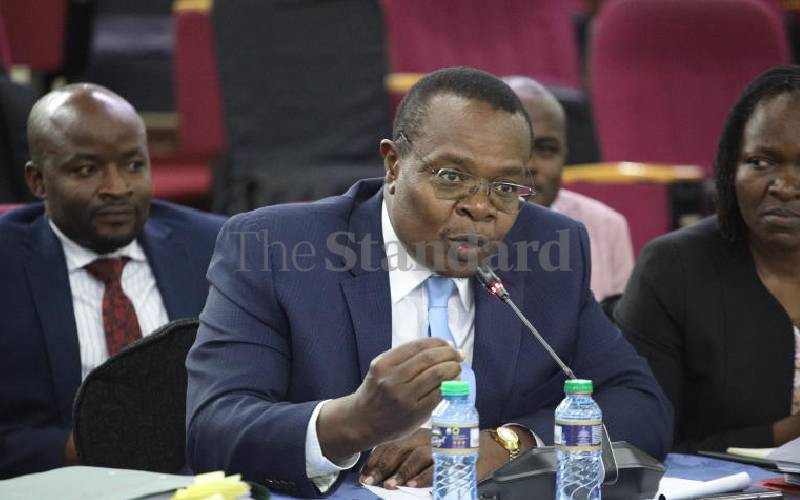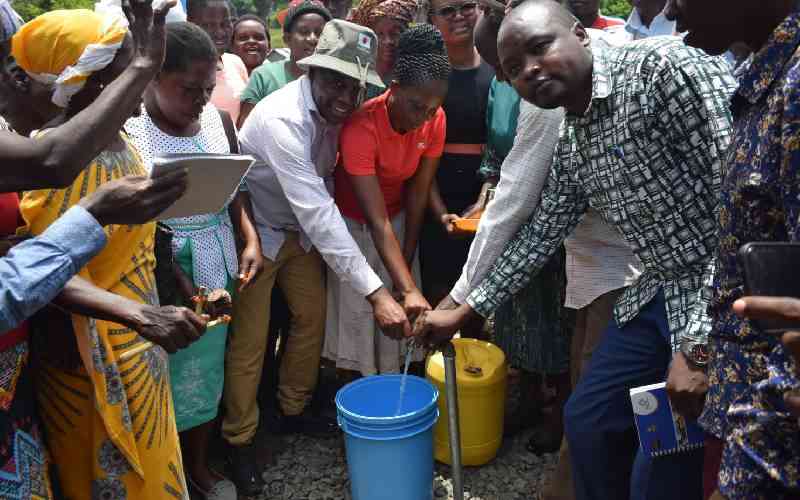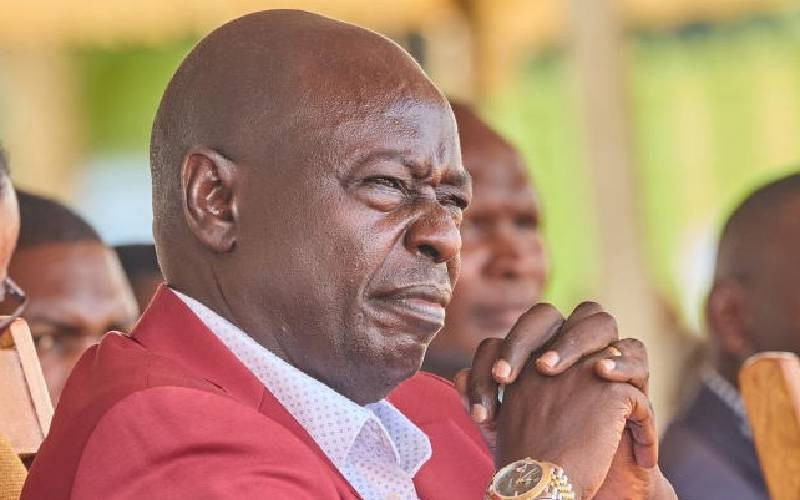This week President Uhuru Kenyatta launched the expansion of a section of the Nairobi-Mombasa highway. This is obviously a welcome development. This road is perhaps the most important piece of infrastructure in all of East and Central Africa. Despite the recent increase in competition from Tanzania, Kenya remains the most important gateway to the wider East African region. It is for this reason that we should remain focused on investing as much as we can in infrastructure projects that will solidify our comparative advantage in the region.
However, as we continue to pour money into national mega projects, we must also start thinking seriously about “meso projects.” What do I mean by this? I mean mega projects at the county level. As currently constituted, devolution is great for recurrent expenditures at the grassroots level. The most important benefit of the fiscal decentralisation embodied in the 2010 Constitution has been the ability of governors to manage resources at the county level. Despite the rampant corruption in our county governments, one of the long term benefits of devolution is that it will sharpen the relationship between government behaviour and electoral outcomes at the grassroots. More and more Kenyans are now aware of the fact that government resources ought to be used for their benefit. That they have a right to make claims to the same resources. This is a big improvement on the last 50 years of our republic. It will likely lead to greater accountability at the county-level, with potential knock on effects at the national level.
That said, we need to do more. In particular, we need serious investments in county-level and inter-county infrastructure projects. The national mega projects will reinforce our comparative advantage on the international and regional stage. But sub-national meso projects will serve to link our regional comparative advantage to actual material improvements at the local level. It makes no sense to have state of the art national infrastructure if it does not translate to real material benefits for the vast majority of Kenyans. Without serious investment in sub-national “feeder” projects, all the big investments that we continue to spend money on will only serve the select few who have the money to play in the “enclave” export economy. We need more than just the export economy. We need an economy that is fully integrated. One in which the rising tide lifts all boats, and not just for the globally connected few.
What are some of the projects that we should consider? Examples include dams, farm-to-market roads, grain storage, and power generation. Take dams. More than three quarters of our population depends on some form of rain-fed agriculture. What if we dammed more of our rivers in order to not only control seasonal flooding, but also to provide water for irrigation? Such investments would not be particularly costly, and would markedly increase the productivity of a sizeable segment of our population. The same applies to county-level roads, grain storage, and power generation capability.
I am not merely writing this to be provocative. The point is to highlight the fact that if we really want to engineer fast and equitable growth in the country, we must allow for a decentralisation of political power and economic planning. We must make it possible for county governments to invest in real game-changing public goods – like roads, dams, grain storage, and power generation. As long we do not fathom the possibility of these meso projects at a serious scale our national growth rate will remain reliant to the competency of the national government – a fact that would go against the spirit of having county governments to begin with.
As I keep saying, we have 47 crucibles in which we can experiment on the appropriate styles of governance as well as on economic policies. Let us take full advantage of this fact.
 The Standard Group Plc is a
multi-media organization with investments in media platforms spanning newspaper
print operations, television, radio broadcasting, digital and online services. The
Standard Group is recognized as a leading multi-media house in Kenya with a key
influence in matters of national and international interest.
The Standard Group Plc is a
multi-media organization with investments in media platforms spanning newspaper
print operations, television, radio broadcasting, digital and online services. The
Standard Group is recognized as a leading multi-media house in Kenya with a key
influence in matters of national and international interest.
 The Standard Group Plc is a
multi-media organization with investments in media platforms spanning newspaper
print operations, television, radio broadcasting, digital and online services. The
Standard Group is recognized as a leading multi-media house in Kenya with a key
influence in matters of national and international interest.
The Standard Group Plc is a
multi-media organization with investments in media platforms spanning newspaper
print operations, television, radio broadcasting, digital and online services. The
Standard Group is recognized as a leading multi-media house in Kenya with a key
influence in matters of national and international interest.









